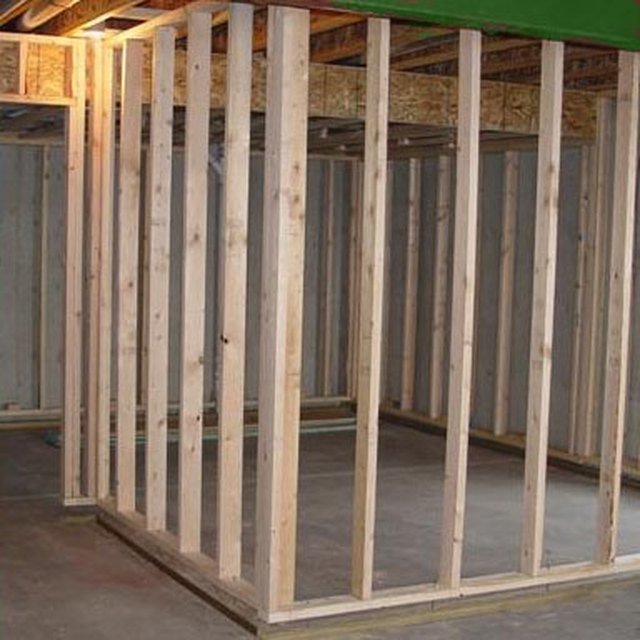
Tmb studio
framing a wall always looks simple and straightforward, but a mistake—like a wall that’s too short or a window opening slightly too small—wastes lots of time and effort later. Here, we’ll show you the basic steps of framing a wall and some simple techniques designed to ensure accurate results. Keep in mind, though, that carpentry practices and jargon vary from region to region and even from one carpenter to the next. Don’t be surprised if some of the labels and marks we show aren’t exactly what you’d encounter on a local building project. No matter where you are in the u.

Carpentry is best defined as the art and trade of cutting, working, and joining timber. This makes carpenters perfectly suited for wood framing. Not all carpenters find employment in construction; however, a vast number of them do. Roughly 201,000 carpenters work in the industry, which is 21% of all carpenters in the u. S. Workforce. And, of this number, most will find work as framing contractors. Professional framers, known as framing carpenters , are responsible for building and repairing structures made of wood. While their work on a building may start with that building's actual framework, they can also build other wooden components during the construction process. https://wikidwelling.fandom.com/wiki/Glued_laminated_timber
Advanced Framing Construction Techniques
Wood framing is a fundamental component of many architectural and construction projects, providing the essential skeleton upon which the rest of the structure is built. There are various methods of wood framing used in construction, each with its unique characteristics and applications. In this article, we will explore the three primary types of wood framing: platform framing, balloon framing, and post-and-beam framing. Understanding these framing techniques is crucial for anyone involved in construction or interested in the architectural aspects of wooden structures.

Energy and thermal performance this section discusses the thermal performance of the wall and the affects of advanced framing on the total effective thermal resistance of the assembly. “advanced framing” in the effectiver calculator: advanced framing is a construction framing system designed to reduce lumber usage and increase energy efficiency. Advanced framing is resource efficient and offers more space for insulation while reducing heat loss through conductive framing members. Conventional framing, the industry standard for framing residential construction, typically consists of 2×4 (38 x 89mm) or 2×6 (38 x 140mm) wood framing spaced 16 inches (406mm) on center, double top plates, three-stud corners, multiple jack studs, double or triple headers, cripple studs, and other members that are often redundant.
In the words of renowned danish woodworker and furniture maker tage frid, “wood moves. ” drywall doesn’t like to move. It prefers to crack. The more you attach drywall to wood, the more drywall cracks you’ll have, unless you let the drywall bend. Remember drywall cracks caused by truss uplift? the solution was floating the corners: let the wood move and the drywall bend. The same theory reduces drywall cracks at wall intersections and saves a bundle of studs. But don’t just take my word for it. Here’s proof: when we used smart framing with floated corners on a building america subdivision with a production builder in chicago, we reduced drywall cracks by over 50%.
I think them reporting a savings of $2400 for a 2000 sq ft home is kind of funny because the increase in labour costs will be at least that much (not to mention if anything goes wrong within the small margin of error they have left - say goodbye to savings). And i question where these estimates come from as well. I get the feeling that they compare the worst case of the traditional framing methods with the best case of the new. Refer to their "standard framing vs advanced framing cross section" figure. I have a decent amount of experience framing residential homes and have been involved in the engineering side for a few years now and i can honestly say i've never seen a corner built like the one in their top left detail.